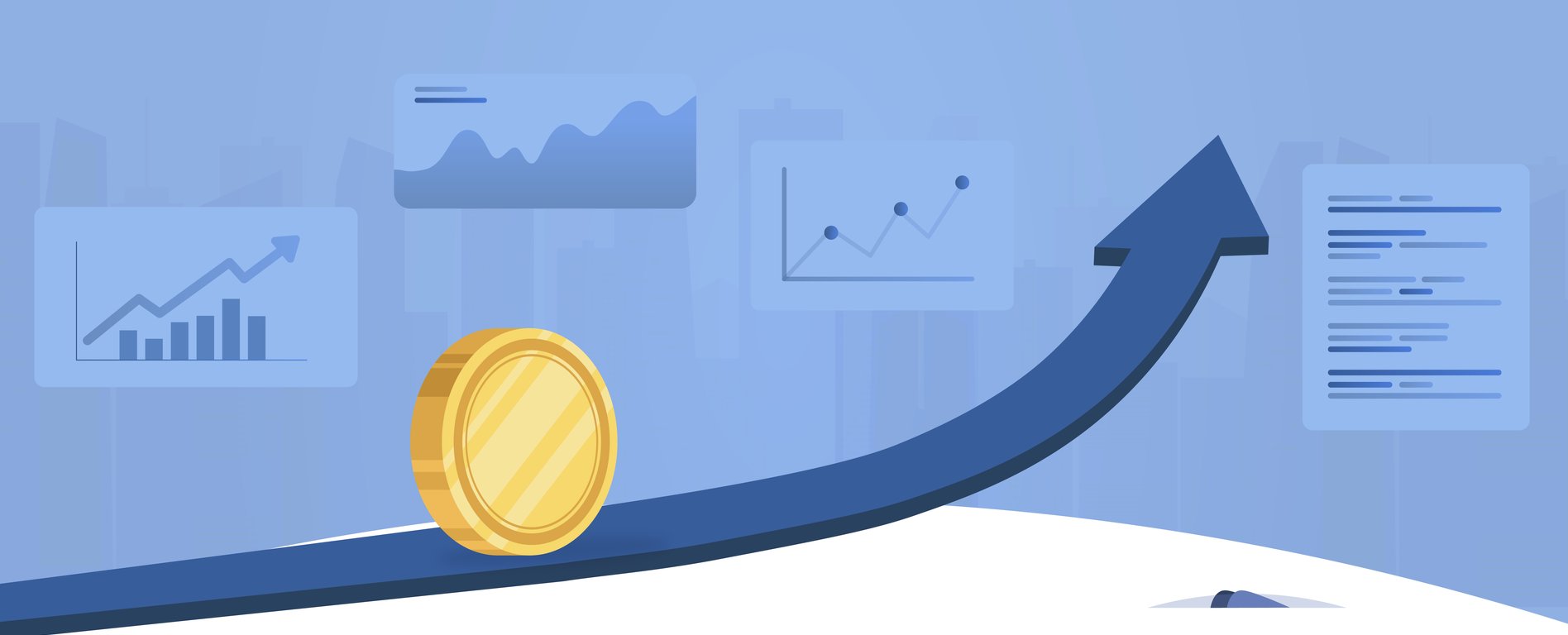Navigating Annual Price Increases:
Costs inevitably increase over time, and if your prices don’t keep pace, your profit margins will shrink. Hence, implementing an annual price increase is crucial. These annual price increases should be driven by data- customer segmentation, product differentiation and market conditions. In fact, companies that manage to execute effective price changes typically see a revenue boost that is greater than the inflationary cost increases. However, many companies struggle with implementing price revisions. This article outlines common pitfalls to avoid and best practices to follow for successful price changes during the coming year.
1. Poor Timing of Price Changes
Poor timing is often a critical mistake organizations commit. The annual price increase process should be started well in advance in order to do a thorough analysis, ensure the inputs of key stakeholders are taken into account, and customers are informed of the price increase well before the effective date of increase. This provides customers with clarity on what the prices are going to be moving forward and hence gives them a chance to react (often by passing on the increase to their customers). Bad timing has multiple issues:
-
Poorly executed approach due to lack of time to plan and execute- typical example is a flat x% increase across the board rather than look at increases at customer and product level
-
Delay in executing price increase – leads to lost revenue every day there is a delay
-
Unhappy customers- a last-minute communication of a price increase is often a nightmare for customers to manage- give them enough time to plan for the increase
2. Inadequate Process for Price Changes
Developing a comprehensive pricing approach is a multi-disciplinary exercise. Effective price changes require collaboration among Sales, Finance, Marketing, Product Development and Strategy teams to ensure a consistent and feasible increase. Moreover, a clear line of hierarchy for price change approvals should be in place along with a timeline of all actions.
3. Inadequate System Infrastructure for Price Changes
Implementing system infrastructure updates is essential to support price changes. A report by Gartner highlights that 75% of companies fail to update their pricing systems effectively, leading to operational inefficiencies. Ensure that your pricing systems, sales tools, CRM, ERP, Finance systems, and customer contracts are updated and connected to allow a smooth and efficient price increase while also providing the effect of the price increase on the company such as calculating market shares, revenues, and profits.
4. Poor Communication to Customers
Clear communication is vital when announcing price changes. Our experience with customer suggests that they feel more satisfied when companies transparently communicate price adjustments and their rationale. Failing to do so can lead to confusion, dissatisfaction, and disappointment. Clearly articulate the reasons for price changes to customers, sales teams, and other stakeholders and stress that you are your customer’s trusted partner. It is also important to provide an annual value statement to your larger customers highlighting how you have served their needs during the past year and why your brand is unique.
5. Failure to Address Impacted Customers
Monitoring and responding to customer feedback is crucial. Address concerns promptly and empathetically to prevent potential loss of customers, especially loyal ones. Keep in mind that today the most successful companies are those who are customer-centric and work together with their customers to find viable solutions.
6. Lack of Sales Force Experience and Buy-In
Effective value-selling can significantly impact the acceptance of price increases. Train your salesforce to communicate value effectively and resist discounting to ensure that customers understand and accept the new pricing. Equipping your salesforces with sales tools such as a value calculator strongly supports their efforts in closing a deal.
7. Poor Anticipation of Competitive Response
Understanding and anticipating competitive reactions is crucial. Conduct regular market research, competitive analysis, and scenario planning to predict potential reactions and develop strategies to counter them effectively. It is also important to encourage your salesforce to document on the CRM or any other system any competitor intelligence they know and communicate it to the right people in the organization. An understanding of competitor products and prices supports value-selling by allowing comparison of your product and its benefits to those of your competitor’s product.
8. Excessive Price Increases
Excessive price hikes can alienate even the most loyal of customers and push them to competitors. Implement price changes that you can justify and defend to ensure that they align with perceived value and market conditions. Using market research methods such as conjoint analysis can help in calculating willingness-to-pay of customers and what they value most in your product.
9. Poor Tracking and Lack of Contingency Planning
Ongoing monitoring of price increase results and adjustments are vital. Often, companies that fail to track the outcomes of price changes experience reduced profitability. Holding regular meetings with the larger customers and sending out customer satisfaction surveys can help explain the reasons why you are successful or not after a price increase. Developing contingency plans to address any discrepancies between expected and actual results allows quick price adjustments to maintain profitability and customer satisfaction.
Wrapping Up
Successfully managing annual price increases requires meticulous planning and strategic execution in addition to the right process and infrastructure. By avoiding common pitfalls and adhering to best practices, you can enhance your pricing strategy and achieve your revenue goals while maintaining positive customer relationships.
Key Takeaways:
-
Clarity and transparency are key: Clearly communicate the reasons behind price changes.
-
Stay Flexible and Agile: Adapt your pricing strategy to market conditions.
-
Listen to Your Customers: Use their feedback to guide your approach.
By following these guidelines, you’ll be well positioned to navigate the complexities of price adjustments and drive sustainable growth for your business.
About Authors
Venkat Vaidyanathan, Founder and CEO of 7Sages Pricing, 20 years of experience Pricing and Revenue Management
https://www.linkedin.com/in/venkatvaidya/
Hiba El Khoury, EMEA Partner at 7Sages Pricing,15+ Years of Experience
https://www.linkedin.com/in/hiba-e-602461155/



